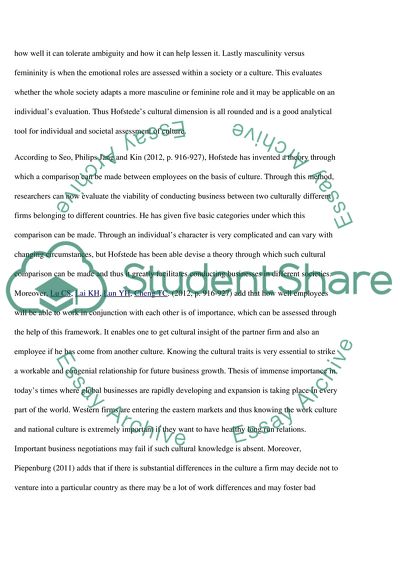Cite this document
(“Strengths and Weakness for Culture Theories Assignment”, n.d.)
Strengths and Weakness for Culture Theories Assignment. Retrieved from https://studentshare.org/culture/1787687-strengths-and-weakness-for-culture-theories
Strengths and Weakness for Culture Theories Assignment. Retrieved from https://studentshare.org/culture/1787687-strengths-and-weakness-for-culture-theories
(Strengths and Weakness for Culture Theories Assignment)
Strengths and Weakness for Culture Theories Assignment. https://studentshare.org/culture/1787687-strengths-and-weakness-for-culture-theories.
Strengths and Weakness for Culture Theories Assignment. https://studentshare.org/culture/1787687-strengths-and-weakness-for-culture-theories.
“Strengths and Weakness for Culture Theories Assignment”, n.d. https://studentshare.org/culture/1787687-strengths-and-weakness-for-culture-theories.


